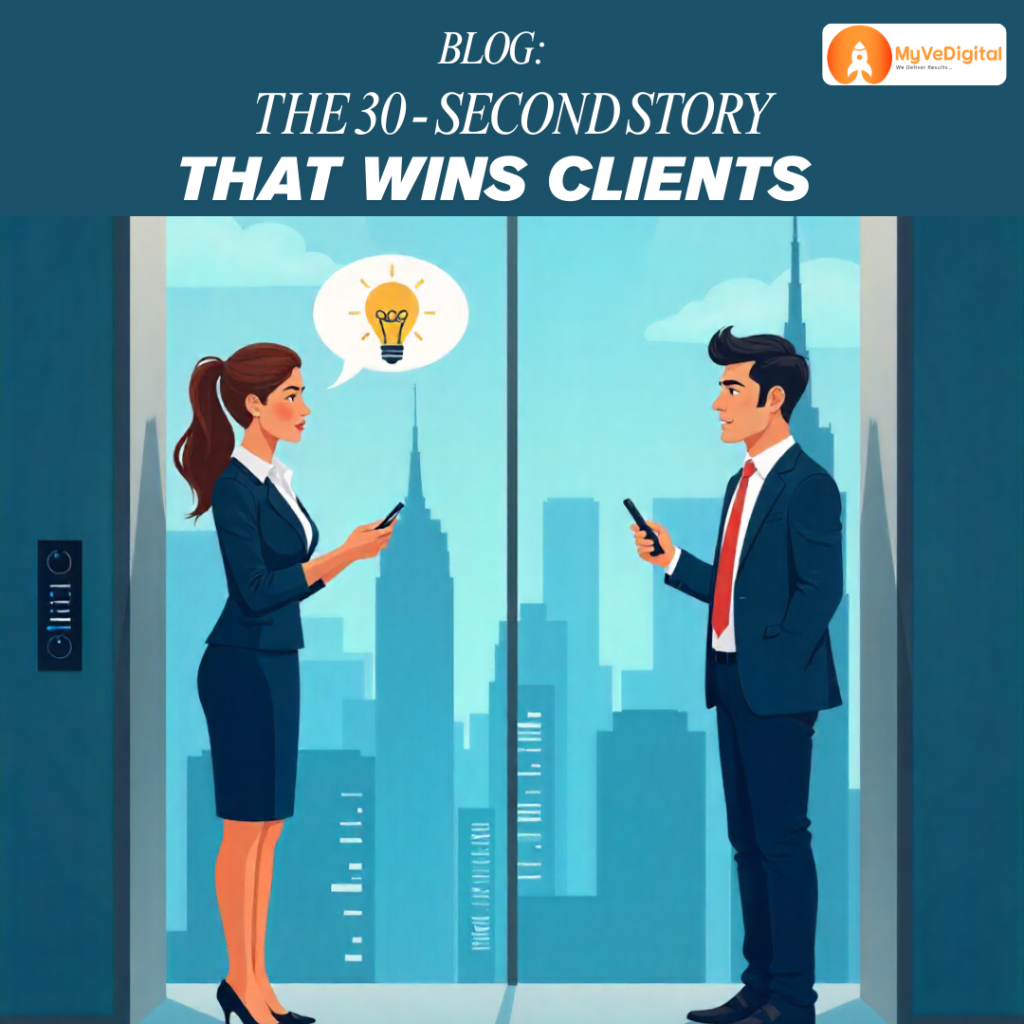
B2B vs B2C Marketing: Why Human-to-Human (H2H) Wins Every Time
This blog breaks down the real differences between B2B and B2C marketing, why both are misunderstood, and why Human-to-Human (H2H) is the only strategy that truly works in 2025.
1. Why the B2B vs B2C Debate Still Confuses Marketers
This section explains the roots of the B2B vs B2C confusion and why many brands approach it incorrectly.
The marketing world has always tried to separate B2B and B2C into two extreme corners — as if they operate on different planets.
On one side, you have emotional, impulse-driven B2C marketing. On the other, you have logic-filled, slow-moving B2B processes that feel like reading a textbook.
What marketers often misunderstand:
- Overly emotional vs overly rational: B2C relies on emotion, while B2B leans on logic — but both are incomplete alone.
- Theory vs reality: Textbooks complicate B2B marketing with jargon that rarely applies in real life.
- Experience matters more: Practical marketing always outperforms theoretical frameworks.
- People still decide: Whether a purchase is worth ₹500 or ₹50 lakh, people — not companies — make the decision.
The truth? B2B and B2C are not opposites. They are two sides of the same customer psychology.
2. What Really Defines B2B Marketing
This section highlights the core traits that actually differentiate B2B buying behaviour.
B2B marketing isn’t complicated — it’s simply structured differently because the stakes are higher.
But the human behind the decision still operates emotionally, even if they justify it logically.
What B2B typically involves:
- Fewer total customers: But each relationship matters significantly more.
- Larger order values: Decisions impact revenue, operations, and long-term strategy.
- Longer decision timelines: Multiple approvals, more risk, deeper evaluation.
- Relationship-driven buying: Trust must be built, not assumed.
The goal of B2B marketing isn’t persuasion — it’s reassurance. You’re not convincing someone to buy; you’re giving them confidence to choose.
3. What Really Defines B2C Marketing
This section explains the emotional and psychological drivers behind consumer-focused buying.
Unlike B2B, the B2C world moves faster, feels lighter, and has lower pressure.
But even here, brands win not by shouting louder, but by making customers feel something.
What B2C typically involves:
- Many customers: But smaller transactions.
- Emotion-based triggers: Fear of missing out, desire, impulse, identity, curiosity.
- Shorter decision cycles: Consumers buy within minutes, not months.
- Transactional relationships: Unless the brand earns deeper loyalty.
The mistake most brands make is assuming B2C is “easy.”
It’s not — it just requires emotional intelligence instead of organizational intelligence.
4. Why Both Models Fail Without Human Psychology
This section connects the need for human-centered marketing in both B2B and B2C.
When marketers get stuck inside “B2B or B2C boxes,” they overlook the only factor that matters: the human making the decision.
Whether they work at a Fortune 500 company or buy shampoo online — people behave based on emotions first, logic second.
Why marketing fails without human insight:
- Messages become robotic: Overly corporate language disconnects instantly.
- Brands lose authenticity: Customers sense when communication feels scripted.
- Trust-building slows down: People buy from people they like.
- Engagement drops: Nobody wants to interact with stiff, corporate content.
Humans don’t change based on context. Only the environment and stakes change.
5. The Rise of H2H Marketing — The Only Strategy That Works
This section introduces the Human-to-Human approach and why it outperforms traditional models.
H2H (Human-to-Human) marketing is the bridge that solves the B2B vs B2C confusion.
Coined by Bryan Kramer, H2H emphasizes authenticity, real human communication, and genuine connection — whether your customer is a CEO or a teenager.
What H2H looks like in real-world marketing:
- Smartphone videos over studio ads: Imperfection builds trust.
- Conversations over scripts: People respond to relatable communication.
- Genuine tone over jargon: No more “synergy” or “leveraging frameworks.”
- Active care: Real follow-ups, thoughtful questions, empathy-driven communication.
Customers today are smart, skeptical, and tired of polished hype. They want brands that feel real.
6. Why H2H Works Better Than B2B or B2C Alone
This section shows how H2H aligns with how modern buyers think, behave, and decide.
Instead of forcing your marketing into either a rational or emotional bucket, H2H blends both — giving customers what their brain and heart need.
How H2H strengthens your marketing:
- Authenticity builds instant trust: People forgive small flaws but never forgive deception.
- Clearer communication: Using real language makes your brand more accessible.
- Higher engagement: Human-led content outperforms polished, corporate content.
- Better long-term loyalty: Customers connect with personalities, not companies.
Whether your audience is an enterprise buyer or a weekend shopper, the human response to authenticity never changes.
7. Bringing H2H Into B2B Marketing (Where It Matters Most)
This section explains how companies can humanize complex B2B sales processes.
B2B buyers take longer, involve more stakeholders, and carry more risk — making the human side even more important.
How H2H improves B2B outcomes:
- Relatable communication: Human messaging cuts through corporate noise.
- Empathy for buyer stress: Understanding pressure creates deeper connection
- Personalized storytelling: Sharing real examples beats showing product specs.
- Authentic brand voice: Helps you stand out in a sea of robotic competitors.
When B2B brands communicate like humans, they close faster, retain longer, and build partnerships instead of transactions.
8. Bringing H2H Into B2C Marketing (Where Emotion Rules)
This section explains how authentic storytelling drives consumer loyalty and rapid growth.
Consumers buy with emotion and justify with logic — but mostly, they buy from brands they feel connected to.
How H2H strengthens B2C marketing:
- Human-centered visuals: Real people, real stories, authentic photos.
- Emotion-rich product content: Focus on identity, experience, belonging.
- Approachable tone: Friendly communication increases repeat purchase.
- Community-building: People love brands that make them feel seen.
H2H creates brand loyalty — the superpower behind every fast-growing consumer brand.
9. Why H2H Is the Future: Professional + Human Wins Every Time
This section brings the concept together and shows why H2H is the long-term winning formula.
Authenticity doesn’t mean being unprofessional.
Professionalism doesn’t mean being robotic.
The winning combination in 2025 is:
Professional + Approachable
Authentic + Strategic
Human + Results-Driven
This balance makes your marketing unforgettable.
Why this matters now more than ever:
- Trust is the new currency: Buyers trust humans, not logos.
- Attention spans are shrinking: Human content holds attention longer.
- Competition is increasing: Authenticity becomes a differentiator.
- Technology is evolving fast: AI cannot replace real human connection.
H2H is no longer optional — it’s the standard.
About MyVeDigital
MyVeDigital is a growth-focused digital marketing partner built for business owners who want visibility, trust, and consistent organic leads. We specialize in simple, practical, and high-impact marketing strategies rooted in authenticity, content systems, and human-centered communication.
Our solutions help MSMEs, service providers, and B2B companies build strong digital presence, generate leads cost-effectively, and grow without relying on complicated funnels or expensive agencies.
Ready to Build Human-Centered Marketing That Converts?
If you want to transform your marketing, create deeper connections with your audience, and build a strategy that works across B2B and B2C:
Book a consultation with MyVeDigital today
or
Visit our website to explore our digital growth solutions.
Disclaimer
This blog is created for educational purposes, strategic guidance, and general awareness.
It does not constitute financial, legal, or mandatory business advice


